Cats are mysterious creatures with complex emotions, but they do give us clues about how they’re feeling. When your feline friend feels secure in your home, they’ll show you through specific behaviors that signal trust and contentment.
Understanding these signs not only strengthens your bond with your cat but also helps ensure you’re providing the safe haven they need. Here are thirteen telltale signs that your cat feels completely at ease in their domain – your shared home.
1. Slow Blinking at You
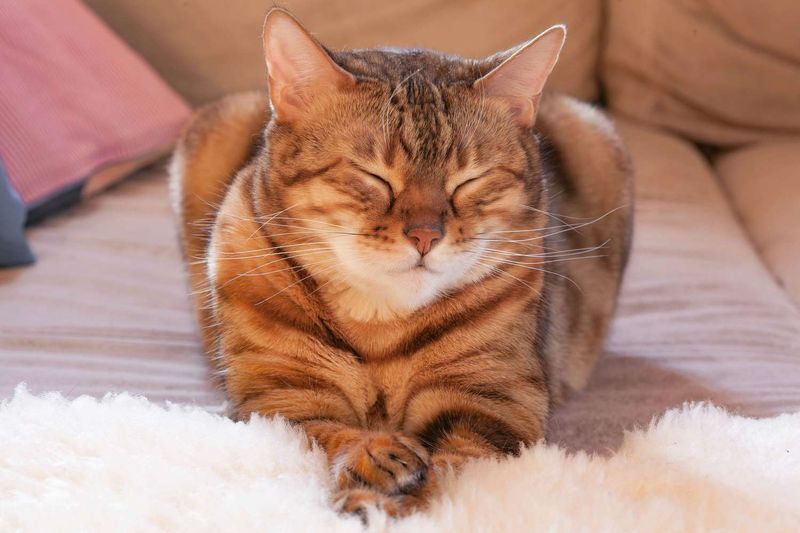
Often called a “cat kiss,” slow blinking is one of the most heartwarming displays of feline trust. When your cat looks at you with relaxed eyes and deliberately blinks slowly, they’re essentially saying, “I feel safe enough to be vulnerable around you.”
In the wild, cats must remain vigilant against predators, so closing their eyes even momentarily is a sign of deep trust. Try returning this gesture by slowly blinking back at your cat.
This silent communication builds a beautiful bridge between species, creating moments of mutual understanding that strengthen your bond.
2. Exposing Their Belly
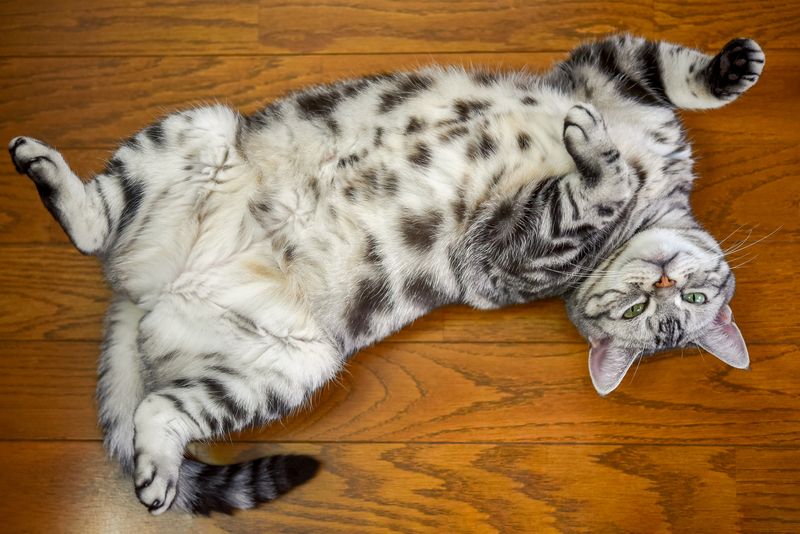
A cat’s belly is their most vulnerable area, housing vital organs with minimal protection. When your furry companion rolls over and shows you their tummy, they’re displaying remarkable trust in your presence.
This doesn’t necessarily mean they want a belly rub – many cats will still react defensively if you touch this sensitive area. Rather, it’s their way of communicating complete relaxation and security in your home.
The exposed belly position leaves them temporarily defenseless, something a cat would never do if they felt even slightly threatened or uncomfortable.
3. Sleeping in Vulnerable Positions
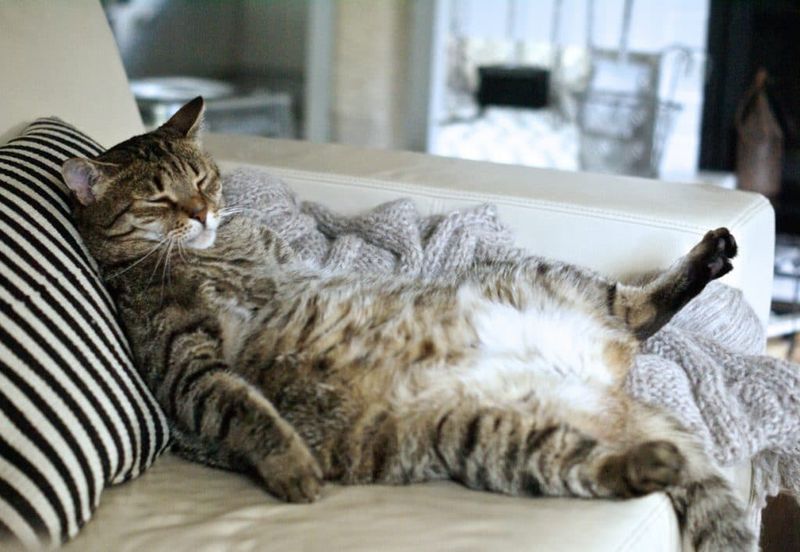
Cats who feel unsafe will sleep curled up tight, protecting their vital organs. Your kitty sprawled out on their back, limbs extended in all directions, or contorted into seemingly uncomfortable positions tells a different story.
These vulnerable sleeping postures indicate your cat feels completely secure in their environment. They know no predators will pounce while they’re catching Z’s.
Finding your cat napping in exposed positions – perhaps stretched across your keyboard or dangling half-off the couch – is a compliment to the safe space you’ve created where they can truly let their guard down.
4. Kneading (a.k.a. “Making Biscuits”)
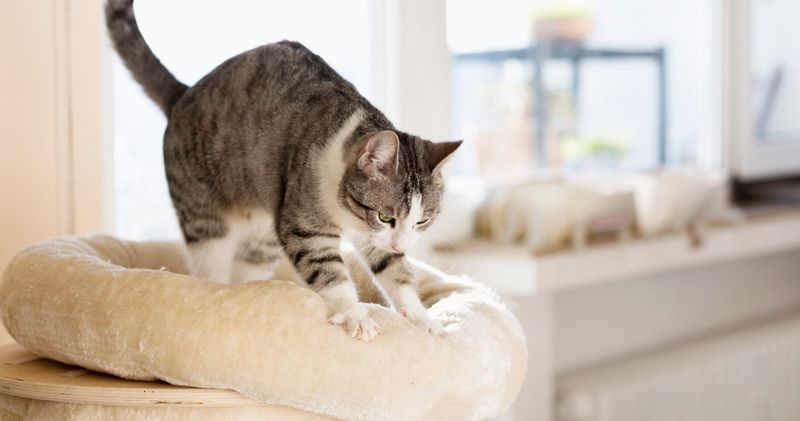
That rhythmic pushing of paws against soft surfaces takes your cat back to kittenhood when they kneaded their mother’s belly to stimulate milk flow. When your adult cat performs this behavior on your lap, a blanket, or their favorite cushion, they’re expressing contentment and security.
The repetitive motion releases endorphins that make your cat feel good. You might notice they purr simultaneously, further indicating their state of bliss.
Some cats even drool slightly while kneading – this regression to kittenhood behaviors shows they feel so safe they can momentarily return to their most vulnerable state.
5. Tail Up and Relaxed
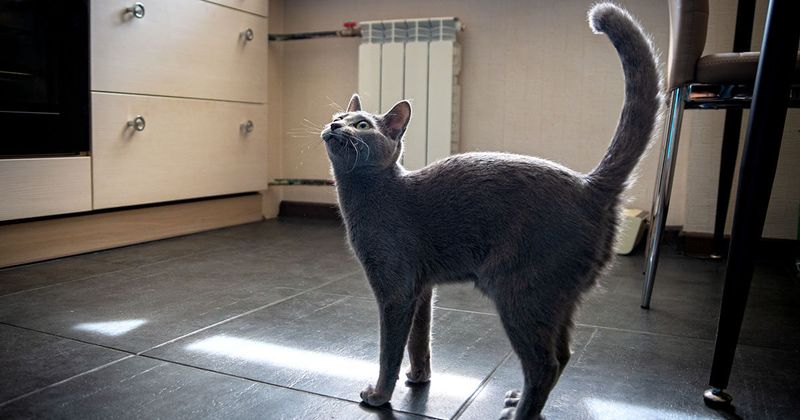
A cat’s tail works like an emotional barometer, instantly revealing their mood. When your feline friend walks around with their tail held high and slightly curved at the tip, they’re displaying confidence and contentment in their territory.
This upright tail position originated as a kitten-to-mother signal, showing happiness and willingness to interact. Now, your cat directs this body language toward you, their trusted human.
Watch for a slight quiver in that upright tail – that’s an extra special greeting reserved for those your cat truly adores and feels completely comfortable around.
6. Purring When Near You
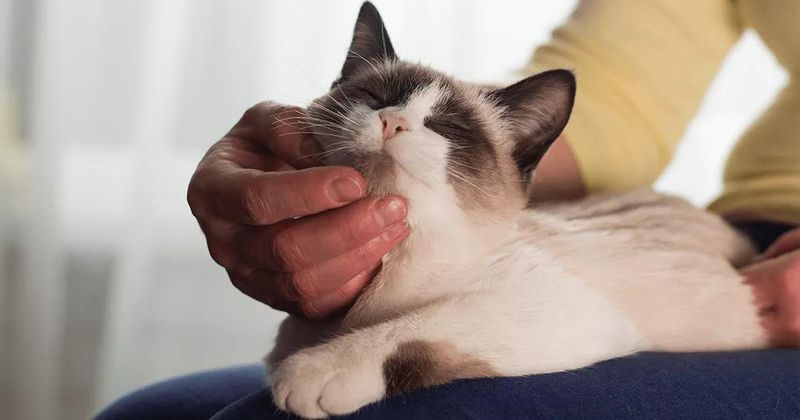
While cats purr for various reasons, including self-soothing when stressed, the context matters enormously. Your cat purring while lounging beside you on the couch or curled up on your lap signals deep contentment and security in your presence.
Those rhythmic vibrations, typically between 25 and 150 Hz, serve as both a self-calming mechanism and a social signal. Scientists have discovered that these frequencies can actually promote healing and bone growth!
The combination of purring with relaxed body language – half-closed eyes, relaxed posture, perhaps even a bit of drooling – confirms your cat feels utterly safe in your company.
7. Grooming in Front of You
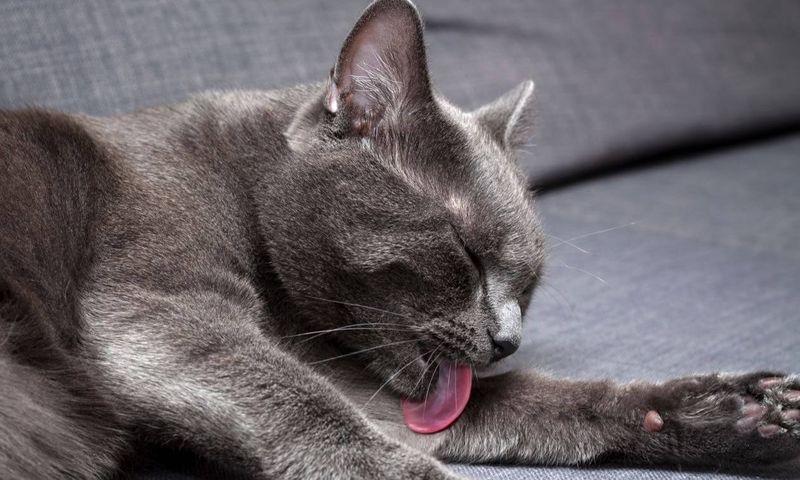
Grooming is serious business for cats, requiring focus and momentary vulnerability. When your feline friend decides to perform their cleaning routine in your presence, they’re demonstrating significant trust in your household.
Wild cats or anxious domestic cats typically groom in hidden, protected locations. Your cat bathing openly, perhaps even in the middle of the room, indicates they perceive no threats in their environment.
Even more telling is if your cat grooms then immediately naps nearby – this two-step behavior pattern shows they feel completely at ease letting their guard down around you.
8. Bringing You “Gifts”
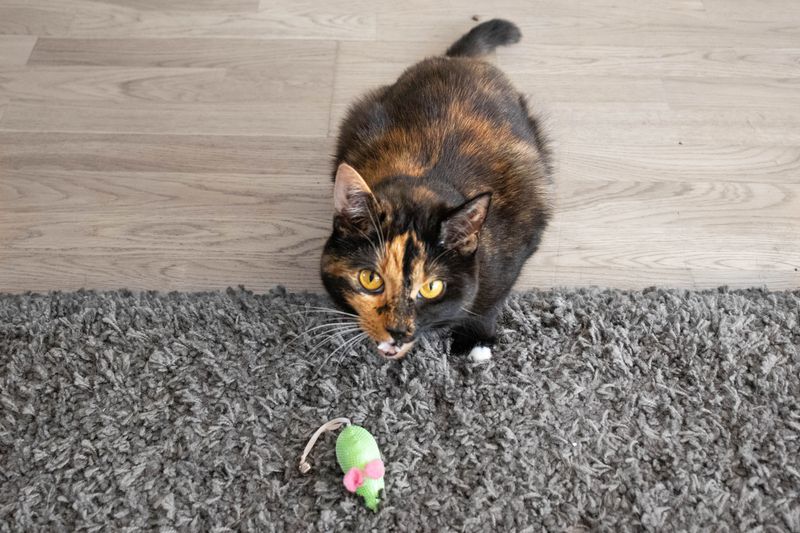
Finding a toy mouse at your bedroom door or, more alarmingly, an actual dead critter on your doorstep might seem strange. Yet this behavior signals your cat considers you family worthy of their hunting prowess.
Cats are natural hunters who instinctively catch prey. When they feel secure in their territory, they’ll share these “treasures” with their trusted colony members – in this case, you!
Mother cats teach kittens to hunt by bringing them prey, so your cat might actually be trying to teach you hunting skills or simply contributing to the household in the only way they know how.
9. Following You Around
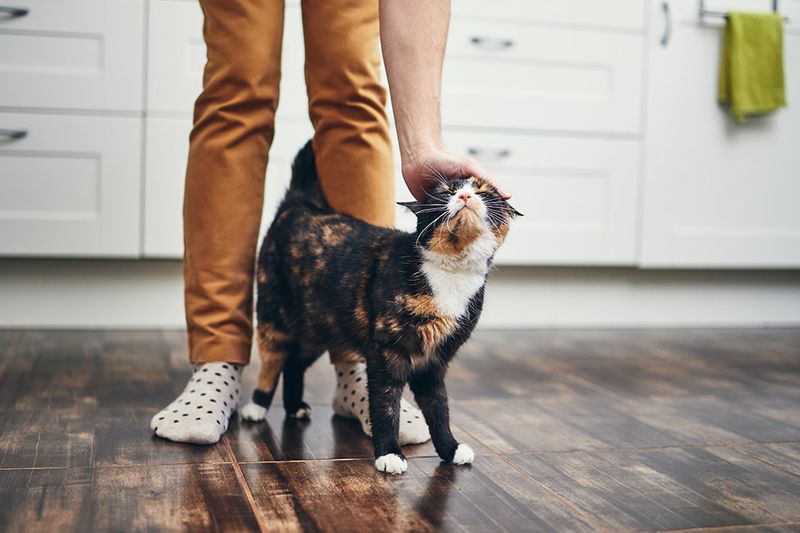
Your feline shadow trailing you from room to room isn’t being clingy – they’re displaying social bonding behavior that indicates deep trust. Cats naturally form colonies with those they consider safe and reliable.
This following behavior shows your cat has accepted you as part of their social group. They feel secure enough to want to be near you, even during mundane activities like folding laundry or brushing teeth.
Notice how they might not demand attention during this following – they simply want proximity to their trusted human. This behavior is particularly meaningful coming from naturally independent creatures like cats.
10. Making Chirps or Trills
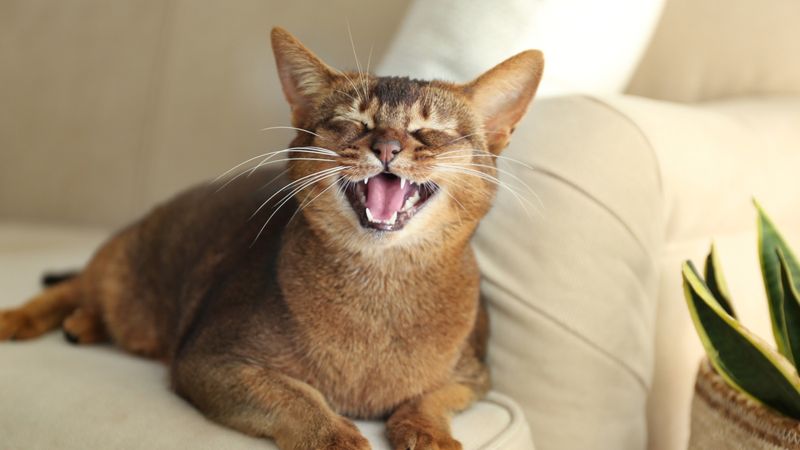
Those adorable little chirping or trilling sounds your cat makes when greeting you are special vocalizations reserved for friendly social interactions. Mother cats use these sounds to communicate with their kittens, making these noises a sign of affection and trust.
Unlike meows (which cats primarily use to communicate with humans) or hisses (warning signals), chirps and trills are positive, welcoming sounds. Your cat is essentially saying, “I’m happy to see you!”
When your feline friend greets you with these musical little noises, they’re expressing comfort and excitement in your presence – a true sign of feeling secure in their home.
11. Using the Litter Box Consistently
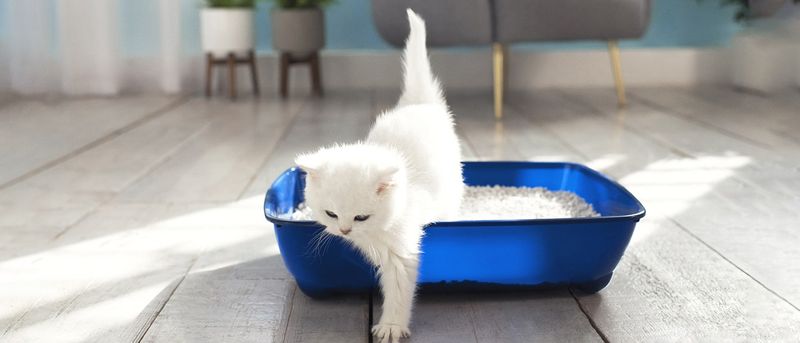
Consistent litter box use might seem basic, but it’s actually a significant indicator of your cat’s comfort level. Cats are naturally clean and private about their bathroom habits, requiring a sense of security to relieve themselves.
Stressed or anxious cats often avoid litter boxes or eliminate in inappropriate places around the home. When your cat reliably uses their designated bathroom spot, they’re demonstrating they feel safe enough to be vulnerable during this necessary activity.
Any sudden changes in litter box habits often signal health issues or environmental stressors, making consistent use an important barometer of your cat’s overall wellbeing and sense of security.
12. Stretching and Yawning Around You
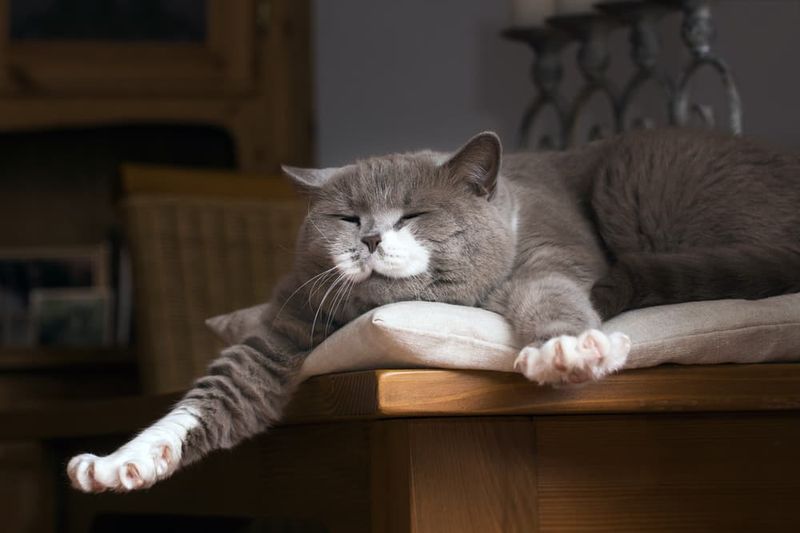
Those big, dramatic stretches and wide-mouthed yawns aren’t just adorable – they’re powerful signals of trust. When your cat extends their body fully, temporarily sacrificing mobility and defensive posture, they’re displaying complete comfort in your presence.
The full-body stretch, often accompanied by extended claws and a satisfied expression, leaves cats momentarily vulnerable. They would never perform this behavior if they sensed any danger or felt uneasy.
Similarly, yawning exposes their throat and temporarily impairs their vision and hearing – something cats would avoid in threatening environments. These everyday behaviors are actually profound displays of security.
13. Resting with Their Back Turned to You
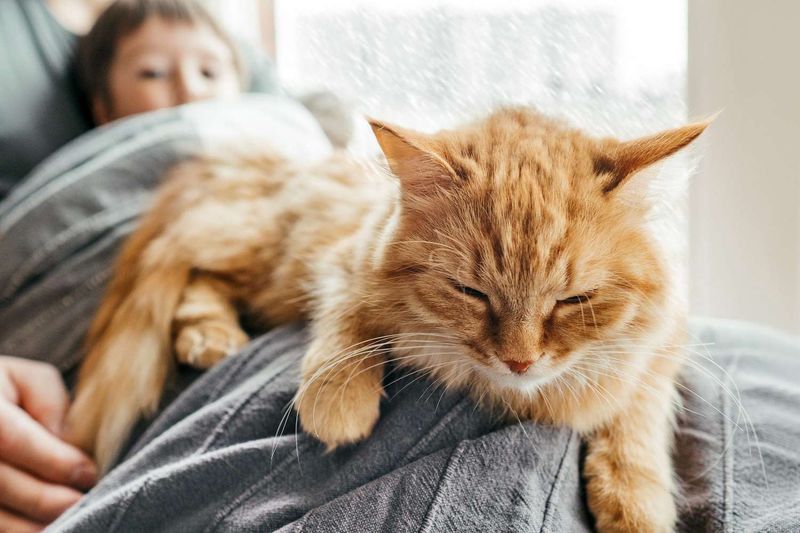
When your cat lounges with their back toward you, they’re paying you one of the highest compliments in feline body language. A cat’s back is a vulnerable position where they can’t easily monitor potential threats.
In the wild, cats always face potential danger, keeping their backs protected against walls or other barriers. Your cat deliberately turning their back to you signals they don’t consider you a threat whatsoever.
This position also indicates they trust you’ll alert them to any actual dangers. Next time your cat sits with their back to you, recognize it as the profound display of trust it truly is.

Comments
Loading…